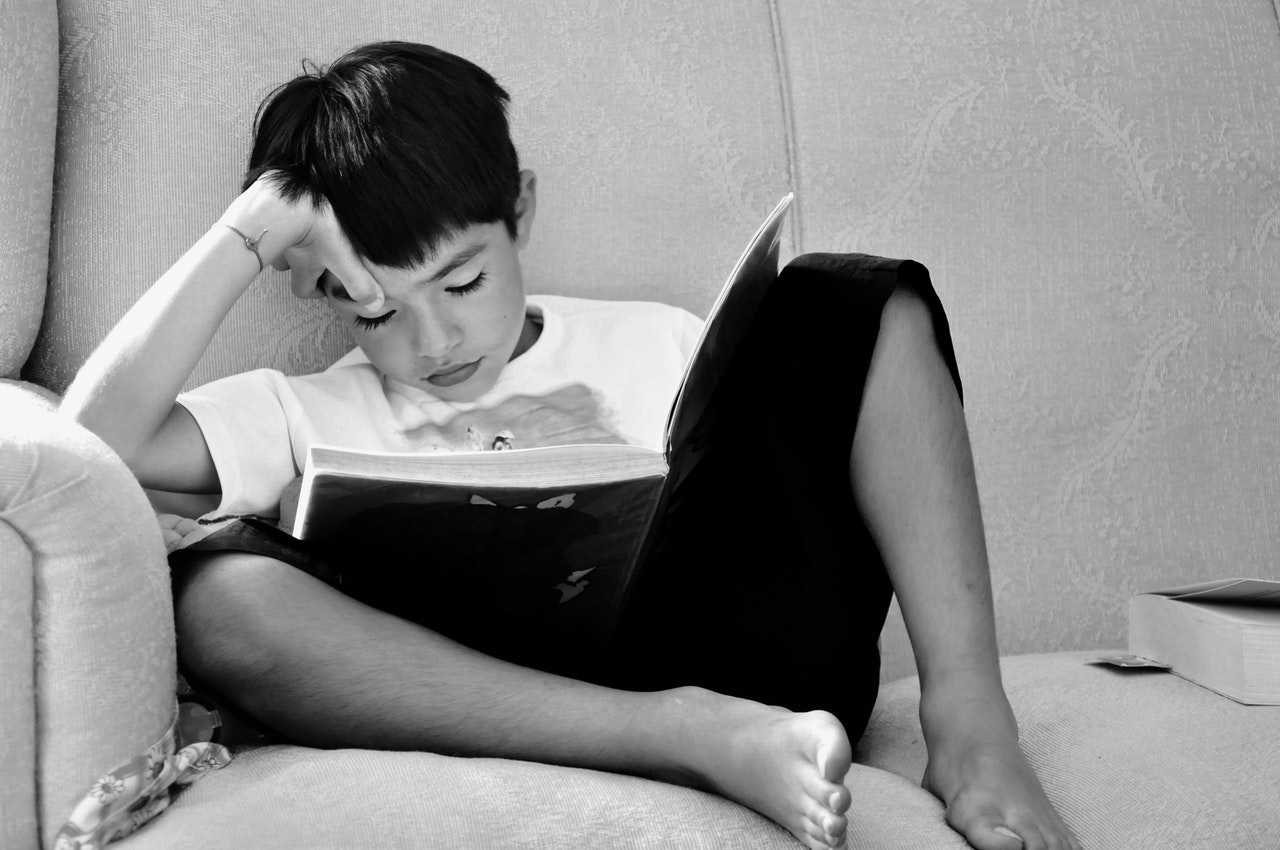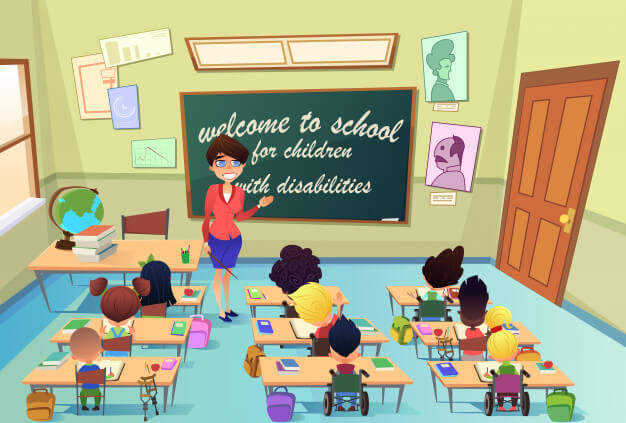
4 ways to introduce empathy to our kids

Before we even start, let us learn what is empathy? Empathy is truly caring for others. Understanding the other person before judging them. Most important of all is to be truly compassionate for others, no matter what situation they are in or you are in. Can we teach our kids to be empathetic? Surely, we can. It can be taught at any age. We have to introduce empathy as early as possible. In today’s podcast, we have listed a few activities that you can do to bring out the compassionate feeling in our kids.
Why is it necessary for the kids to be empathetic? Empathetic people have a lot of advantages. Empathetic people have more positive relationships, it is easy for them to make friends, they make excellent parents, and also since they do understand others’ feelings, they do not bully others. Empathetic people can be compassionate leaders as well.
But, how do we teach empathy to our kids? Empathy is a behavioral trait that needs to be nurtured and taught with real-life events. Here are some of the things that we can do to teach empathy to our kids.
1. Model behavior.
It is no secret that kids learn most by imitating others. So, teaching empathy is about displaying acts of kindness and empathy whenever possible. We need to talk to each other and the people around us in the way we expect our kids to behave.
Talk to our kids the same way. Identify and acknowledge the emotion that they display on various occasions. When they see that their emotions are valued and considered, they will also be compassionate the same way.
2. Point out rude behavior.
It is as important to point out rude and unruly behavior as to display compassionate ones. Whenever you see anyone including our kids displaying emotions that are not compassionate, we need to call out. Explain why that particular behavior is wrong. What kind of emotional response should have been displayed in that situation? Say, a boy fell while playing on the swing. If there are some kids who laughed at this, then it is a wrong emotional response. We need to point that out and tell them what we should have done instead. We should have asked the boy, if he is hurt, we should have helped the boy to get up and give him water if needed.
Make sure that the kids know which is incorrect behavior. Most of the time, they are unaware that the behavior they are displaying is incorrect. Do not preach them, show them instead. Show them what you would have done. Action speaks louder than words.
3. Discuss emotions
Most kids, do not understand emotions. They do what others around them do. And sometimes, when they do not control emotions and get into fights with peers. It is ok, as long as not a serious one. But, they still need to be aware of the emotions that they carry.
Sometimes the emotions and the situations do not match. Like in the case of the previous example, when the kid falls down the immediate response came in was laughter. It is not wrong, kids do fall sometimes and they enjoy this little banter. But, what if the fall is a fatal one? Should the kids be aware of the emotions? Or in another example, the kids are teasing each other. One kid is feeling very bad, but he is suppressing his emotion and laughing. Is this the correct display of emotion? These are the reasons why we need to discuss emotions with our kids. If you are the kid who does not like to be teased that has to be shared. If you are the kid teasing others, then you should be empathetic once you got to know that your friend is not liking this.
All these are the reasons why we need to discuss different emotions and how we need to be empathetic to the people around us.
4. Praise empathetic behavior
We all love it when we are appreciated, don’t we? So, isn’t that the best option to teach our kids the good things in life? Appreciate every time they display empathetic behavior. Appreciate them when they share food, toys, or anything. There is nothing wrong if they don’t want to share. It is ok to play with your own toys, but if they do share, isn’t that nice? Appreciate it. Appreciate, if they care for their friends. Appreciate it if they try and help the elderly at home. Even the smallest of the action should be appreciated.
Appreciate and see the results for yourselves.
Some of the activities that you can do to bring out empathy in kids
You can use these activities for different age groups as suitable.
1. Read stories:
Reading stories is the best way to transfer kids to an amazing imaginative world. Teaching them empathy while reading a story is the best activity you can do with your kids.
2. Use pictures:
While teaching them different kinds of emotions, keep in mind that the best way is showing them pictures or videos. Show them the different emotions and how we generally react when we are going through these emotions.
3. Play emotional board games with family:
There are many family board games, which help you share your thoughts. Play those games and understand what your child is feeling. Ask how can you help them to deal with this. They observe and learn, they will also reciprocate the same way.
4. Observe others:
When you are at the mall or waiting in line for something, or with family out, let the child observe others and analyze the different emotions that they are in. Make this a teaching moment with this.
5. Meditation:
Meditation is one of the most powerful tools to feel what is happening inside us and to gain control over the different feelings. Practice meditation at an early age to be empathetic.
6. Discuss events:
At the end of the day, sit with your child and discuss any main events that happened and how would they have reacted differently.
7. Volunteering:
Encourage kids to volunteer in any activities at your home, at an apartment complex, at relatives’ place, function, or at school, or anywhere you feel safe. The process of working for others brings out humility and also develops empathy in the children.
Like many skills, empathy can be taught over time. It is easier when we practice the same at home every day. Together, we can build strong relationships for a lifetime with empathetic children. Let us get started at the earliest.
Also listen to this podcast: How to help kids set goals
Recomended Blogs

As parents and teachers, it is not essential rather crucial to understand a child’s needs and mental

Ruchira K
5 years ago

The headline of an article in India Today says – ‘India is the most depressed country in the world

Zedua
6 years ago

Special needs children endure adversity in the form of a deficiency of facilities, support and awarene

Zedua
6 years ago

If you are searching for the top CBSE Schools in Bengaluru, then you have landed at the correct place! Explore the list of premier institutions in the city offering the CBSE syllabus along with their admission details of CBSE schools in Bengaluru, fee structure, infrastructure, and facilities followed by ratings and reviews.
Oh, looking for other boards too? Click here for IB, ICSE, IGCSE, and state board schools.
As a parent, I believe it is important to introduce empathy to our kids. National Public School is definitely one of those great places to start as they have a variety of educational programs that help children learn how to be more understanding and compassionate to others.